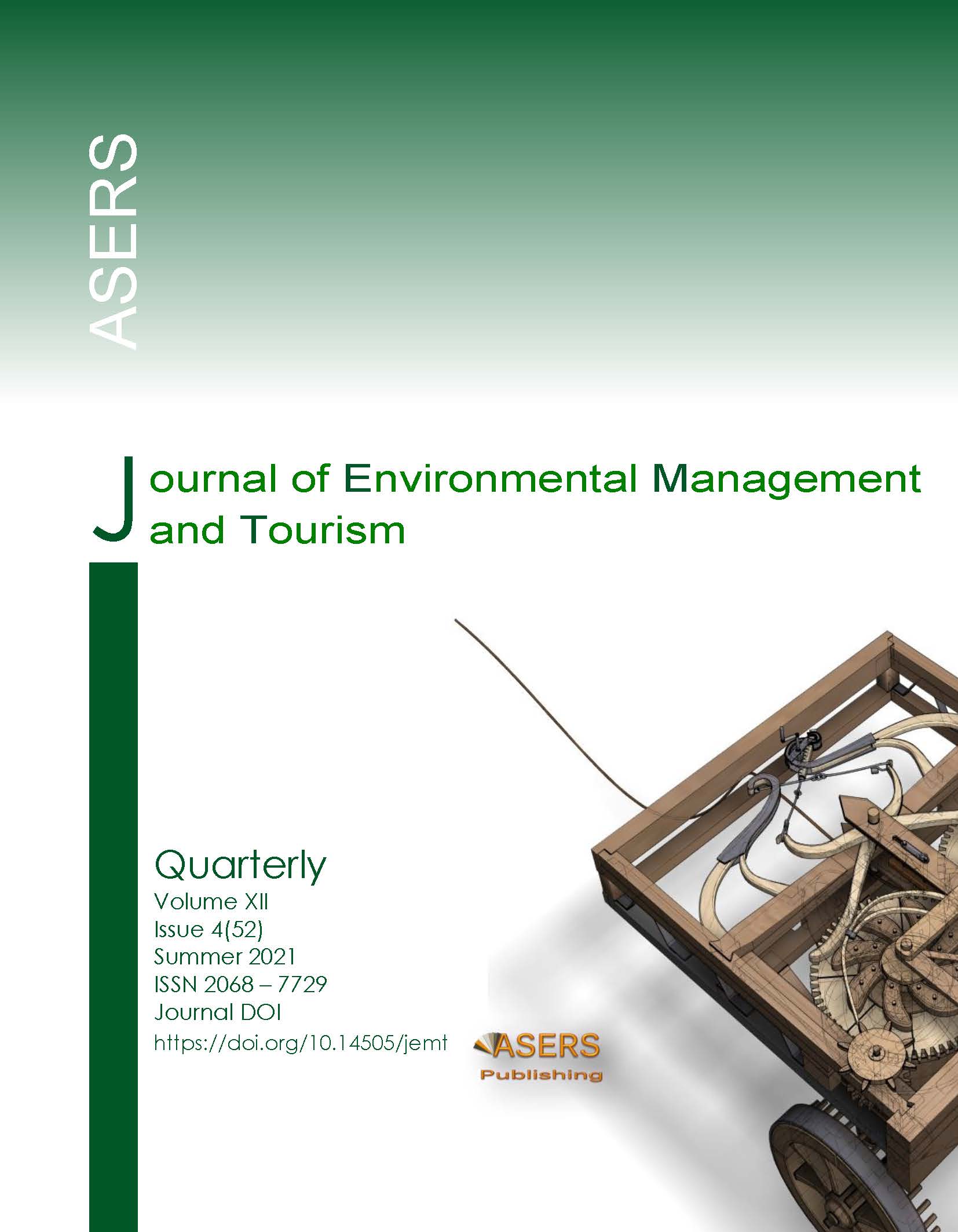A Cluster Analysis of Tourist Sites in the Regions of Kazakhstan
A Cluster Analysis of Tourist Sites in the Regions of Kazakhstan
Author(s): Abylkair Askeyev, Raissa A. BaizholovaSubject(s): Business Economy / Management, Tourism
Published by: ASERS Publishing
Keywords: cluster analysis; tourist sites; regions of Kazakhstan; Silk Road; tourist potential; promotion of tourist destinations;
Summary/Abstract: Natural and cultural sites is a basic elements of tourism development in all over the world. Kazakhstan has a significant number of objects of nature reserve fund and the historical and cultural heritage, which, along with the development of health-improving, ecological, ski tourism, also contribute to the development of ethnographic, gastronomic, cultural and educational and other types of tourism. The purpose of the study is to identify traits of the most attractive tourist destinations, as well as to study the degree of importance of natural, cultural and dual (natural and cultural) sites for target consumers. In this regard, a comparative analysis of the level of tourism development in 14 regions of Kazakhstan was carried out, using a two-step cluster analysis, the degree of significance of three types of sites for target consumers was determined. The findings of the analysis suggest that the Akmola, Almaty, East Kazakhstan and Karaganda regions are in the greatest demand among tourists. Along with this, natural sites are the most important determinants of tourism, cultural sites are the least important. Thus, tourists in Kazakhstan are more attracted by regions with a rich natural reserve fund than by historical and cultural heritage. In this regard, it is proposed to pay more attention to promoting the cultural sites of Kazakhstan. To the authors' knowledge, this is the first study that analyses 14 regions of Kazakhstan according to their basic tourism characteristics, identifies attractions that are under utilized, and proposes strategies to identify opportunities for the tourism industry in Kazakhstan. In this regard, its results can be very useful in justifying the feasibility of implementing the relevant regional initiatives and making a decision to reorient the efforts of interested government agencies to develop alternative types of tourism.
Journal: Journal of Environmental Management and Tourism (JEMT)
- Issue Year: XII/2021
- Issue No: 04(52)
- Page Range: 1043-1051
- Page Count: 9
- Language: English
- Content File-PDF

